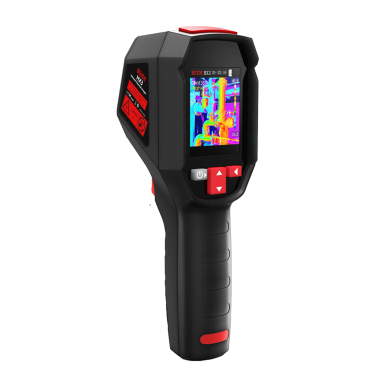
# Ear Thermometers: Accurate and Convenient Temperature Measurement
## Introduction to Ear Thermometers
Ear thermometers, also known as tympanic thermometers, have become increasingly popular in both clinical and home settings. These devices offer a quick, non-invasive way to measure body temperature by detecting infrared heat emitted from the eardrum and surrounding tissue.
## How Ear Thermometers Work
Ear thermometers utilize infrared technology to measure temperature. When placed correctly in the ear canal, the thermometer detects the infrared radiation emitted by the tympanic membrane, which shares blood supply with the hypothalamus – the body’s temperature control center.
The process involves:
1. Positioning the thermometer probe in the ear canal
2. Activating the measurement function
3. Receiving a digital readout within seconds
## Advantages of Using Ear Thermometers
Ear thermometers offer several benefits over traditional methods:
– Speed: Provides results in 1-3 seconds
– Comfort: Non-invasive and gentle
– Hygiene: Many models feature disposable probe covers
– Accuracy: When used properly, can provide reliable readings
– Convenience: Especially useful for children and infants
## Proper Usage Techniques
To ensure accurate readings:
1. Gently pull the ear upward and backward (for adults) or straight back (for children) to straighten the ear canal
2. Insert the probe snugly but gently into the ear canal
3. Hold the thermometer steady until the measurement is complete
4. Clean the probe after each use according to manufacturer instructions
## Comparing Ear Thermometers to Other Types
While ear thermometers offer many advantages, it’s important to understand how they compare to other types:
Keyword: Ear Thermometers
– Oral thermometers: Require more time and patient cooperation
– Rectal thermometers: Considered most accurate but least comfortable
– Forehead thermometers: Convenient but may be less precise
– Underarm thermometers: Least accurate but easiest to use
## Choosing the Right Ear Thermometer
When selecting an ear thermometer, consider:
– Measurement speed
– Memory function (stores previous readings)
– Fever alarm feature
– Display readability
– Probe cover requirements
– Brand reputation and reviews
## Common Questions About Ear Thermometers
### Are ear thermometers accurate?
When used correctly, ear thermometers can be very accurate. However, factors like improper positioning, earwax buildup, or ear infections can affect readings.
### Can ear thermometers be used on infants?
Yes, many models are designed specifically for infants and children. Always check the manufacturer’s age recommendations.
### How often should I replace my ear thermometer?
With proper care, ear thermometers can last several years. Replace if readings become inconsistent or if the device shows signs of damage.
## Maintenance and Care
To ensure longevity and accuracy:
– Clean the probe regularly with alcohol wipes
– Store in a protective case when not in use
– Replace batteries as needed
– Avoid exposing to extreme temperatures or moisture
– Follow all manufacturer maintenance instructions
## Conclusion
Ear thermometers provide a reliable, quick, and comfortable method for temperature measurement. Their combination of accuracy and convenience makes them an excellent choice for families and healthcare professionals alike. By understanding proper usage techniques and maintenance requirements, users can maximize the benefits of this modern temperature-taking technology.
Comments are closed